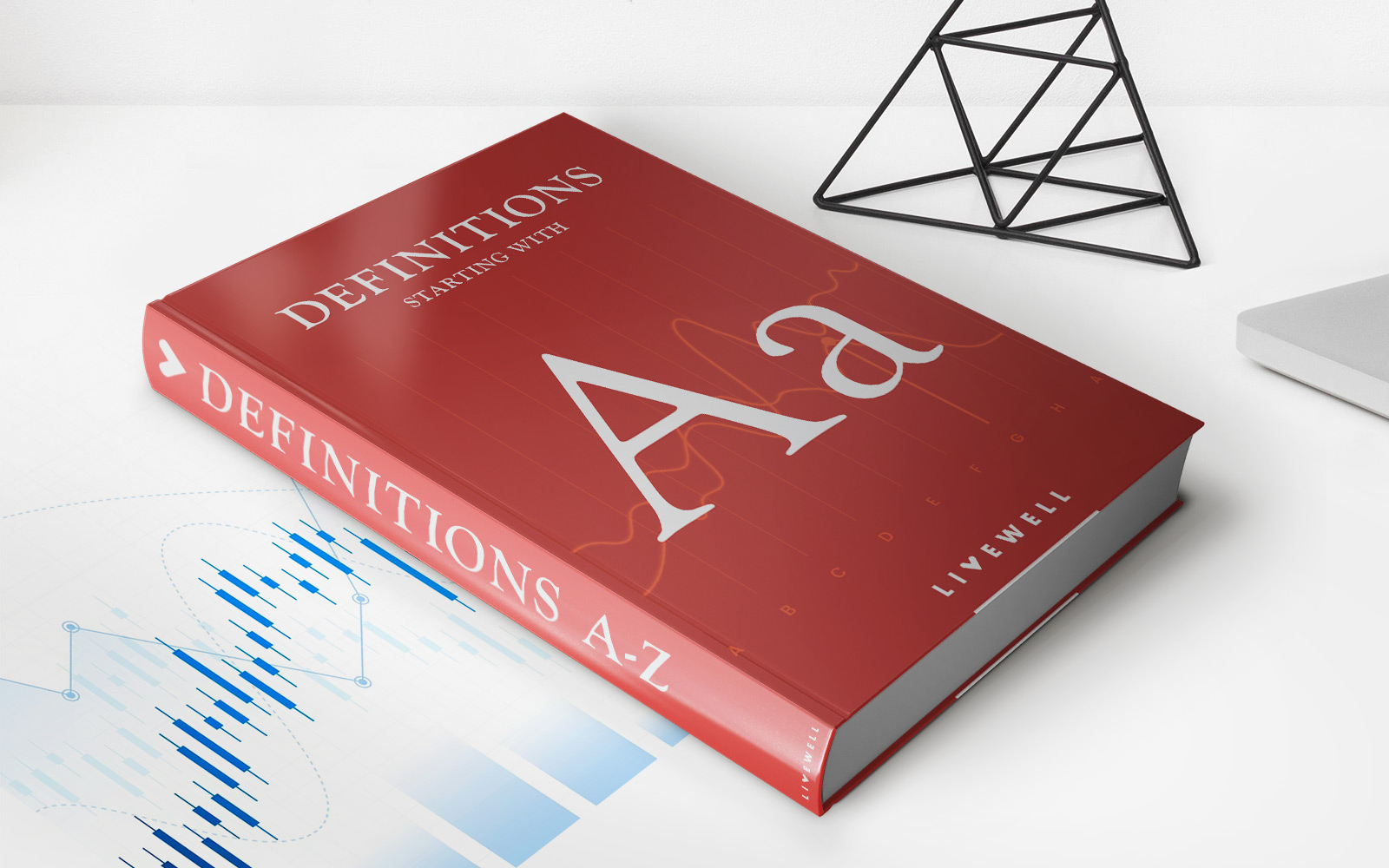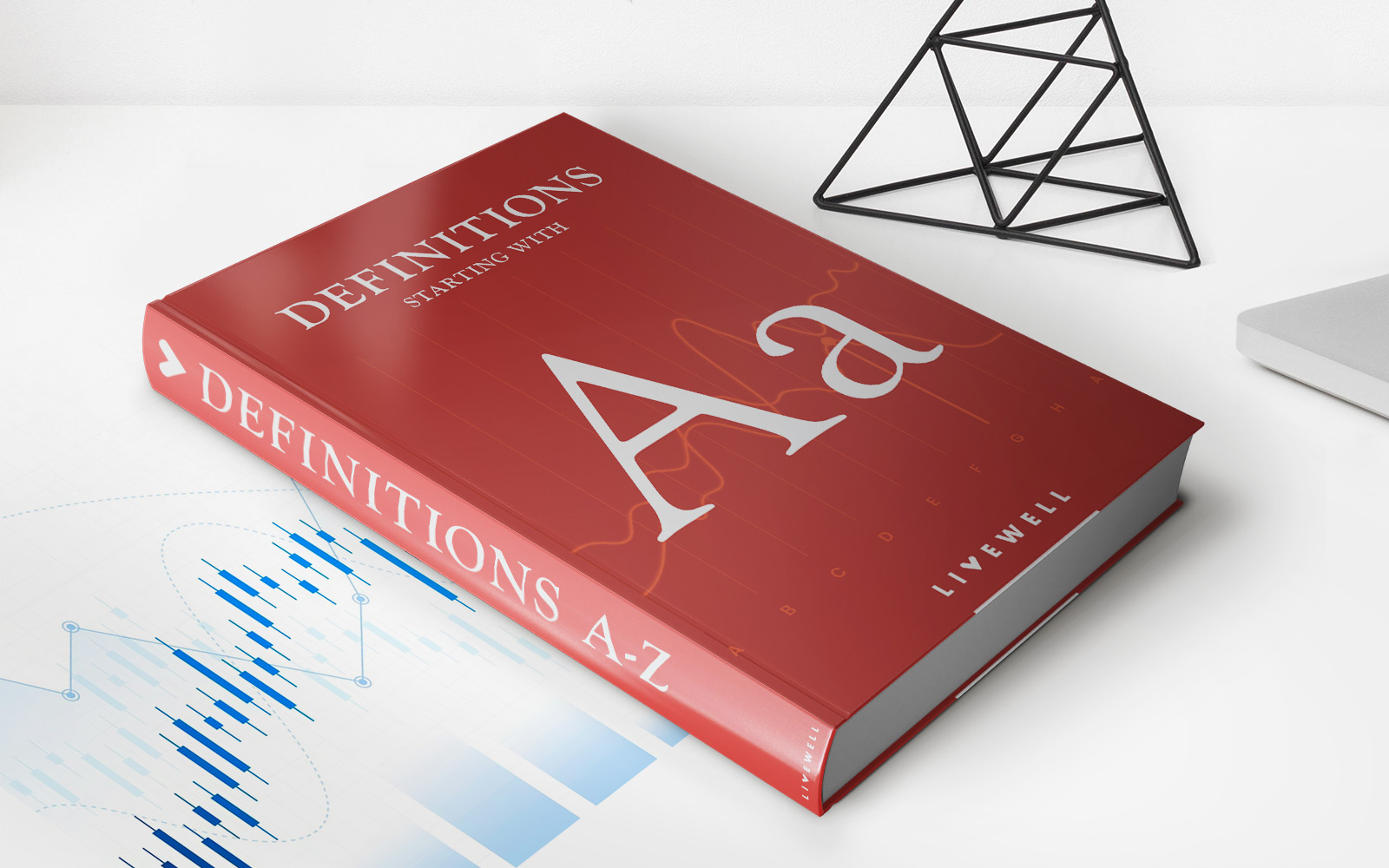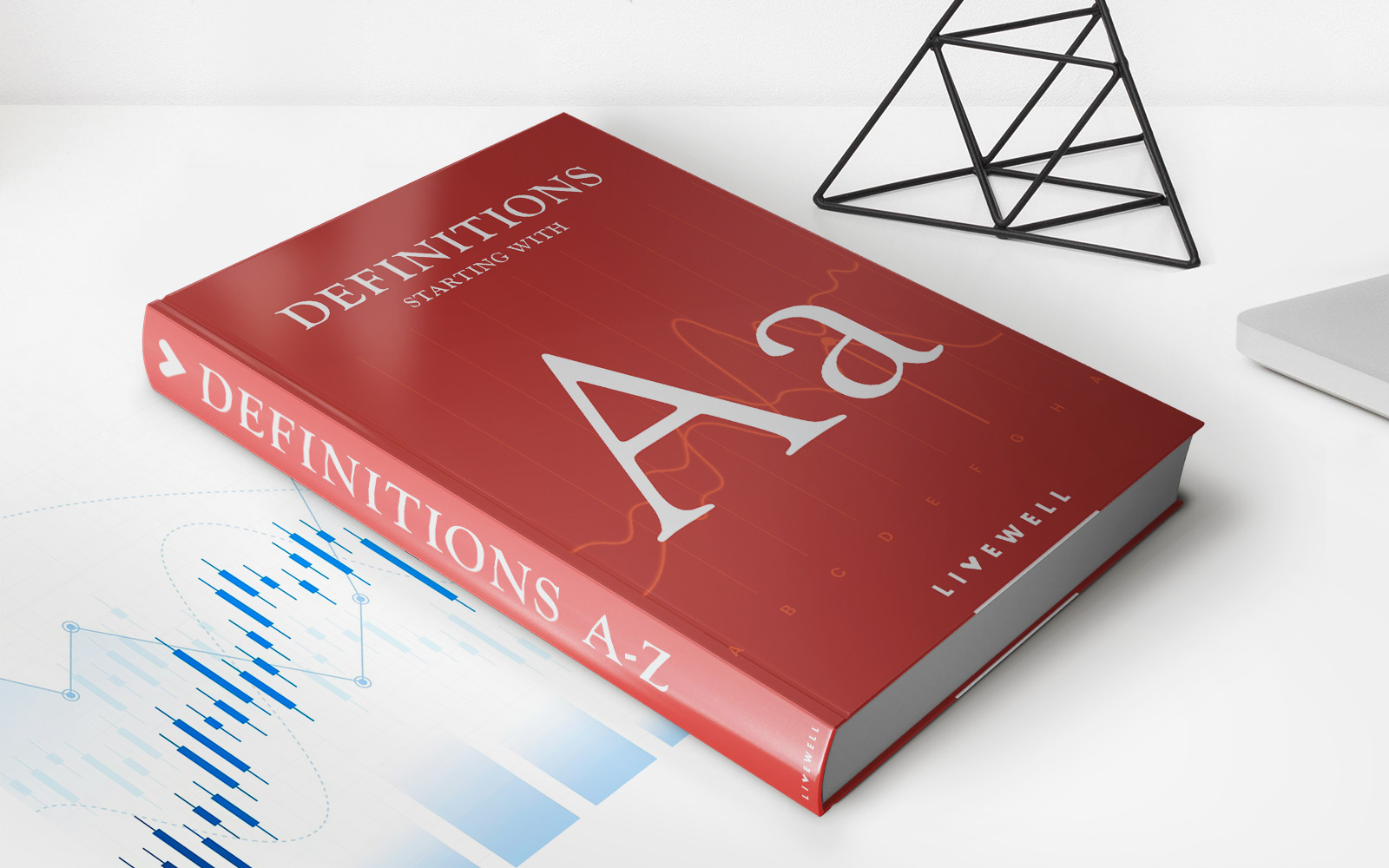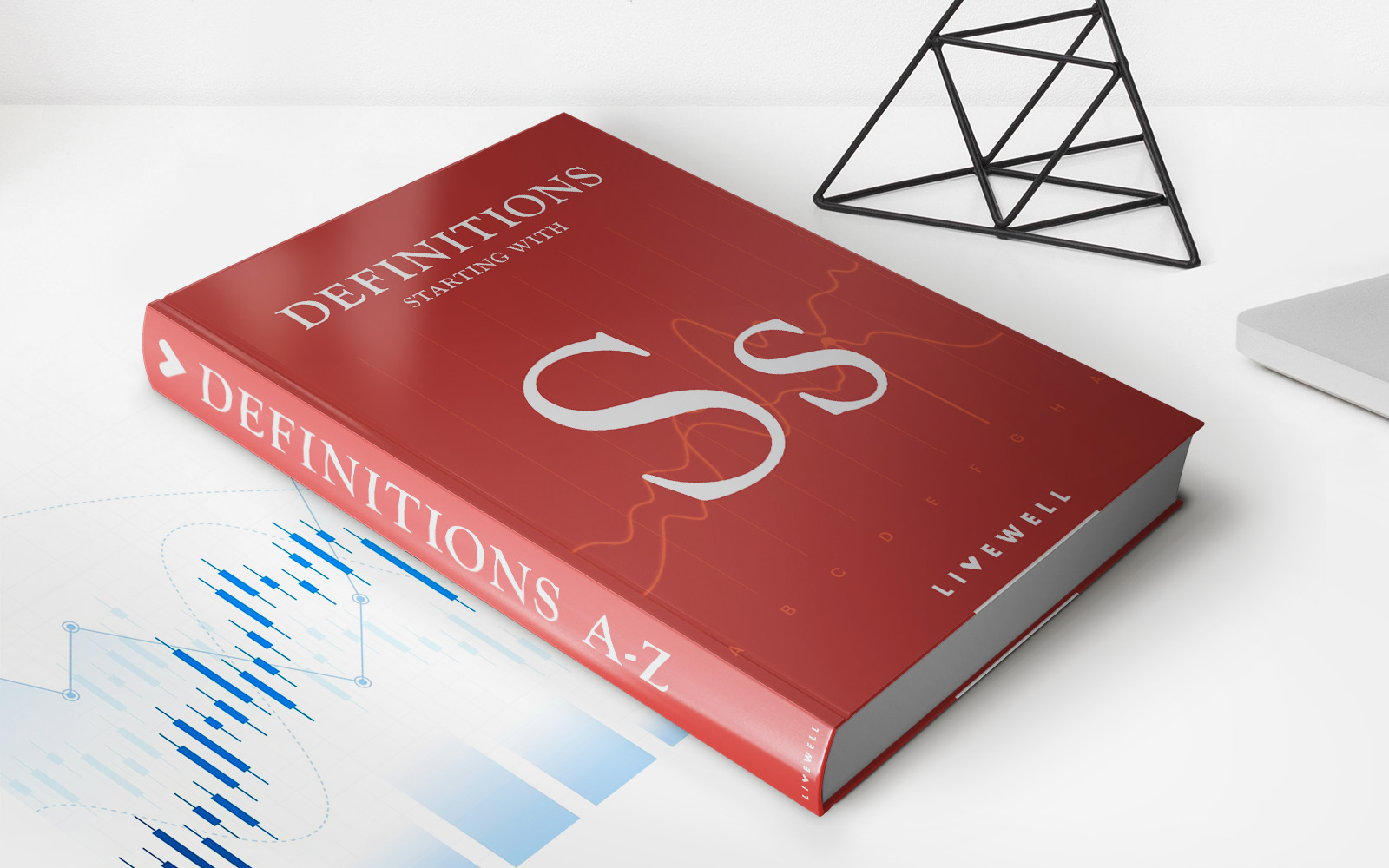

Finance
Full Cost (FC) Method Definition
Published: November 29, 2023
Learn what the Full Cost (FC) Method is in finance and how it can impact your business's financial analysis and decision-making.
(Many of the links in this article redirect to a specific reviewed product. Your purchase of these products through affiliate links helps to generate commission for LiveWell, at no extra cost. Learn more)
Understanding the Full Cost (FC) Method in Financial Analysis
When it comes to managing finances and conducting financial analysis, businesses employ various methods to assess their profitability and make informed decisions. One popular approach is the Full Cost (FC) method, which provides a comprehensive view of a company’s financial health by considering all costs associated with production or service delivery. In this blog post, we will explore the full cost method definition, its importance, and how it can benefit businesses in their financial assessments.
Key Takeaways:
- The Full Cost (FC) method considers both direct and indirect costs to provide a holistic view of a company’s financial performance.
- By utilizing the Full Cost method, businesses can accurately determine the true cost of their products or services and make informed decisions regarding pricing and profitability.
So, what exactly is the Full Cost (FC) method? In simple terms, it is an accounting technique that takes into account both direct costs (such as raw materials, labor, and production overheads) and indirect costs (such as administrative expenses, marketing costs, and depreciation) associated with the production of goods or delivery of services. By including all these costs, the Full Cost method provides a more accurate representation of the total expenses incurred by a company.
There are several reasons why businesses should consider using the Full Cost method in their financial analysis. Let’s explore:
1. Accurate Decision-Making:
When businesses only consider direct costs in their analysis, they may not have a complete picture of the true cost of their products or services. This can lead to inaccurate pricing and profitability assessments, which in turn can impact strategic decision-making. By employing the Full Cost method, businesses can ensure they have a clear understanding of all expenses involved and make more accurate decisions related to pricing, budgeting, and cost control.
2. Comprehensive Financial Assessment:
Financial analysis is an essential aspect of business management. By using the Full Cost method, businesses can conduct a comprehensive financial assessment that goes beyond traditional measures such as gross margin or net profit. This holistic view allows stakeholders to evaluate the true financial performance of a company and identify areas for improvement or optimization.
Ultimately, the Full Cost (FC) method plays a crucial role in financial analysis by providing a comprehensive understanding of a company’s financial position. By considering both direct and indirect costs, businesses can make more informed decisions and gain a deeper insight into their financial performance. So, consider implementing the Full Cost method in your financial assessments to ensure accurate decision-making and a thorough evaluation of your business’s financial health.














